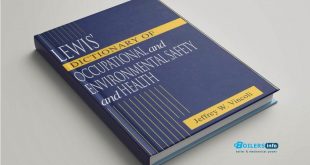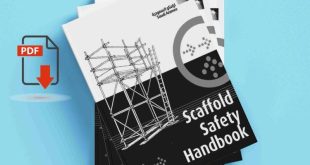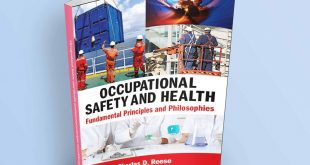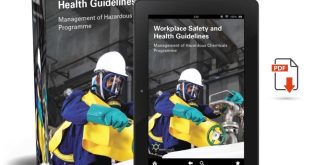Saudi Aramco Safety Handbook: A Comprehensive Guide to Workplace Safety
Saudi Aramco, the world’s leading integrated energy and chemicals company, is not only renowned for its operational excellence but also for its unwavering commitment to safety. The Saudi Aramco Safety Handbook is a cornerstone of this commitment, offering detailed guidelines and procedures that ensure the well-being of employees, contractors, and stakeholders across its operations. This article provides an overview of the Handbook’s essential safety responsibilities, rules, operational processes, and specific safety topics that together build a robust safety culture.
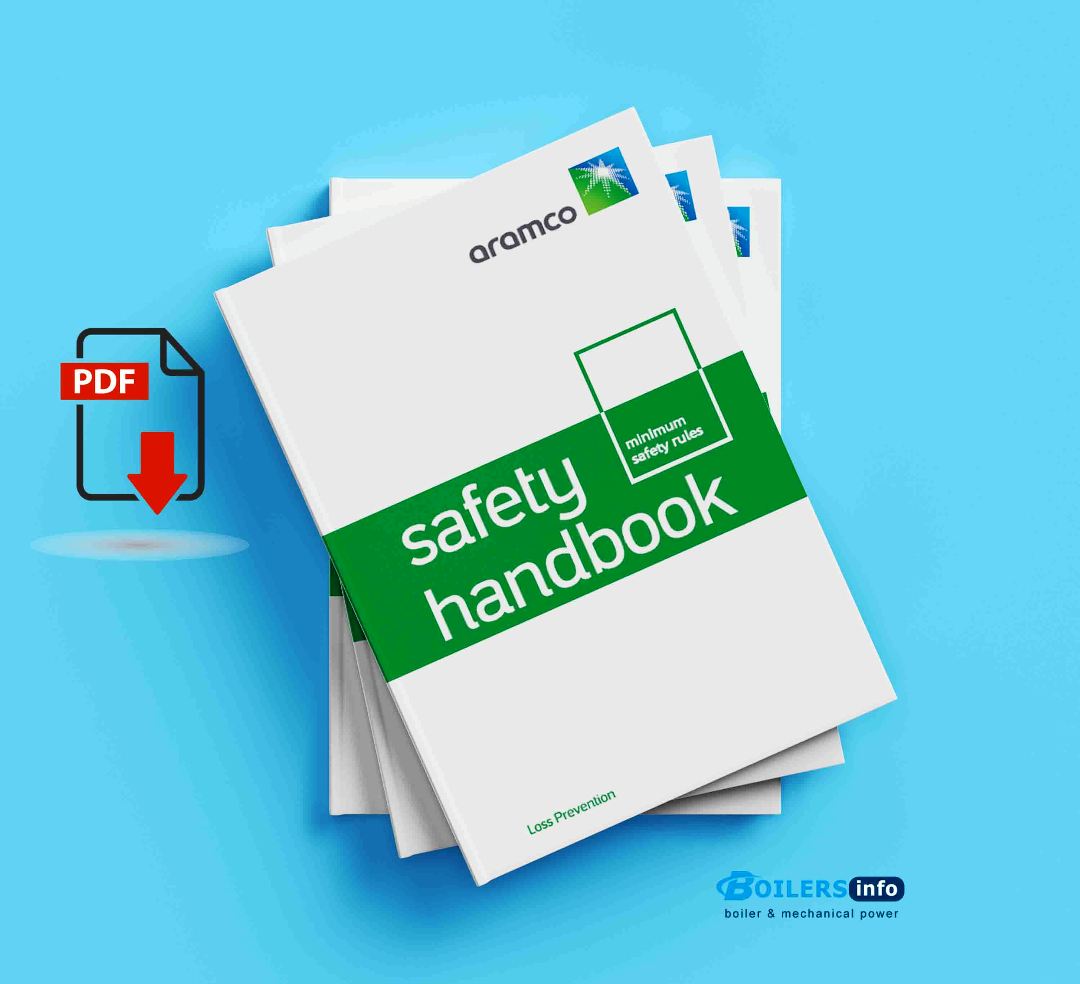
I. Safety Responsibilities
Safety is everyone’s responsibility at Saudi Aramco. The company fosters a proactive safety culture where every individual—regardless of their role—is accountable for identifying hazards, following safety procedures, and intervening when unsafe conditions arise. Key responsibilities include:
- Management Commitment: Ensuring that safety is integrated into every decision, from planning to execution.
- Employee Engagement: Encouraging workers to report hazards and near misses without fear of reprisal.
- Training and Competence: Providing ongoing education and skills development to maintain high safety standards.
II. Lifesaving Rules
Saudi Aramco’s Lifesaving Rules serve as non-negotiable safety principles aimed at preventing serious injuries and fatalities. These rules include:
- Work with a valid work permit when required.
- Conduct gas testing when required.
- Verify isolation before work begins and use the specified life protection systems.
- Protect yourself against a fall when working at height.
- Obtain authorization before entering a confined space.
- Wear your seatbelt.
- Follow prescribed driving speed limits.
- Do not use alcohol or drugs while working.
Strict adherence to these rules is mandatory across all Aramco facilities.
III. Basic Safety Rules
The Basic Safety Rules cover general workplace behaviors and conditions necessary for safe operations:
- Always wear the correct personal protective equipment (PPE).
- Maintain good housekeeping to prevent slips, trips, and falls.
- Report unsafe conditions and behaviors immediately.
- Follow established emergency response procedures.
IV. Operational Safety Processes
Saudi Aramco’s complex operations demand rigorous safety processes, especially in high-risk tasks. These include:
Safety Process 1: Hot Work Permit
For welding, cutting, and grinding activities, a hot work permit is essential to control fire and explosion risks.
Safety Process 2: Cold Work Permit
Covers work that doesn’t involve ignition sources but still carries risks—such as mechanical work, chemical handling, or pressure testing.
Safety Process 3: Confined Space Entry Permit
Strict controls govern confined space entries to prevent exposure to toxic gases, oxygen deficiency, or engulfment hazards.
Safety Process 4: Equipment Opening/Line Break Permit
Ensures proper isolation and decontamination before opening process equipment or pipelines.
Safety Process 5: Isolation, Lockout, and Use of Hold Tags
These critical processes prevent accidental energization or pressurization of systems while maintenance is performed.
V. Key Safety Topics
The Saudi Aramco Safety Handbook addresses numerous specialized safety topics to cover the full scope of operational hazards:
1. Abrasive Blasting and Coating
Protecting workers from respiratory hazards, environmental contamination, and explosive atmospheres.
2. Aviation Safety
Guidelines for safe helicopter and fixed-wing operations in remote or offshore areas.
3. Compressed Gas Cylinders
Safe storage, handling, and use of high-pressure cylinders to avoid leaks and explosions.
4. Crane Operations and Rigging Safety
Preventing dropped loads, equipment failure, and personnel injury during lifting activities.
5. Cutting, Welding, and Brazing
Managing fire hazards and exposure to fumes during metalwork.
6. Drilling and Well Servicing
Controlling well blowouts, equipment failure, and exposure to hydrocarbons.
7. Electrical Safety
Applying lockout/tagout procedures, grounding, and personal protection against electric shock.
8. Excavation and Trenching
Preventing cave-ins, equipment accidents, and utility strikes.
9. Fall Protection
Use of harnesses, guardrails, and engineered controls for working at heights.
10. Fire Protection
Ensuring fire extinguishers, detection systems, and suppression equipment are always ready.
11. Hand and Power Tools
Proper maintenance, selection, and use of tools to prevent injuries.
12. Hazardous Materials
Safe handling, storage, and disposal of chemicals to prevent exposure and environmental harm.
13. Heat Stress
Monitoring weather conditions, hydration, and rest breaks to prevent heat exhaustion and stroke.
14. Heavy Equipment
Safe operation of earthmovers, loaders, and cranes to avoid accidents.
15. Hydrogen Sulfide (H₂S) Safety
Monitoring and respiratory protection in areas where deadly H₂S gas may be present.
16. Materials Handling
Safe lifting, carrying, and transport practices to avoid musculoskeletal injuries.
17. Office Safety
Preventing ergonomic injuries, slips, and minor hazards in administrative areas.
18. Offshore Safety
Emergency preparedness, life-saving appliances, and helicopter operations for offshore facilities.
19. Pressure Testing
Controlling stored energy hazards in pressurized systems.
20. Radiation Safety
Protecting workers from ionizing radiation during industrial radiography or other applications.
21. Road Works
Traffic management and worker protection for safe road construction and maintenance.
22. Scaffolding
Ensuring scaffold design, erection, and use meet stringent safety standards.
23. Vehicle Safety and Journey Management
Managing driving risks, including fatigue, route planning, and emergency preparedness.
Conclusion & 📘⬇️
The Saudi Aramco Safety Handbook reflects the company’s relentless dedication to achieving zero harm in its operations. By fostering a culture where safety is deeply ingrained in every task and decision, Aramco sets the standard for industrial safety worldwide. Whether onshore, offshore, in an office, or on the road, these guidelines serve as a daily reminder: Safety is not optional—it’s essential.
 Boilersinfo Boiler and Mechanical Power Digital Library
Boilersinfo Boiler and Mechanical Power Digital Library
